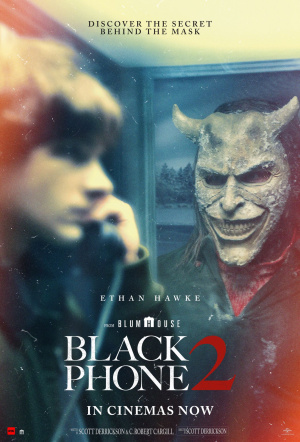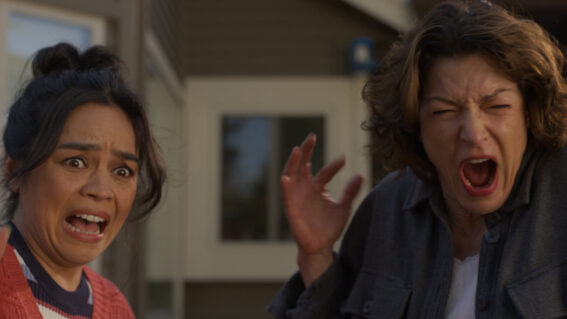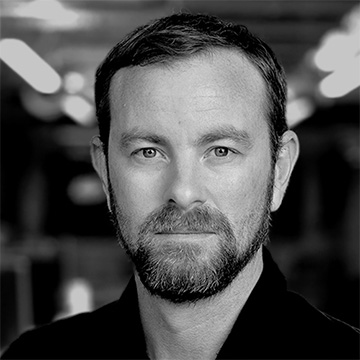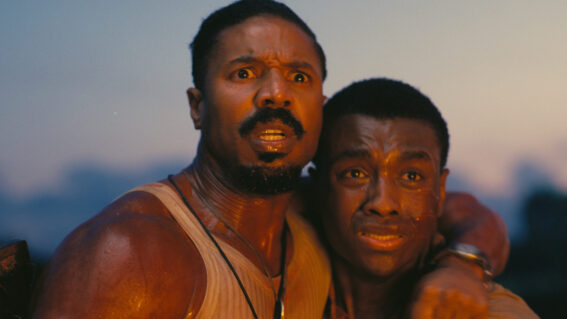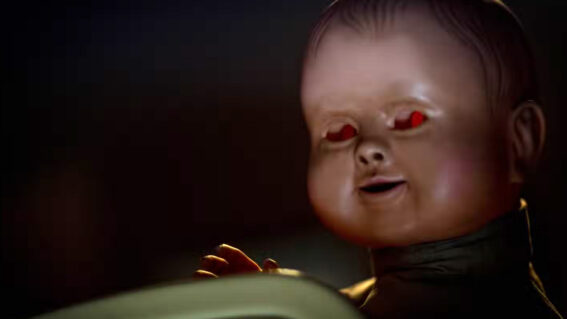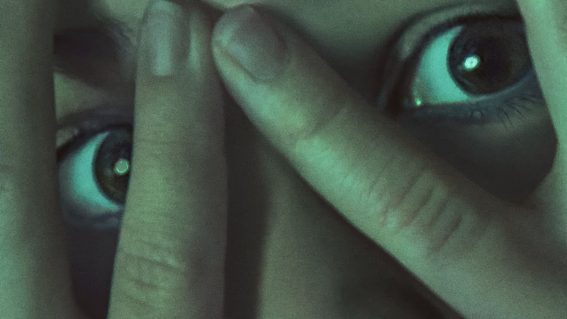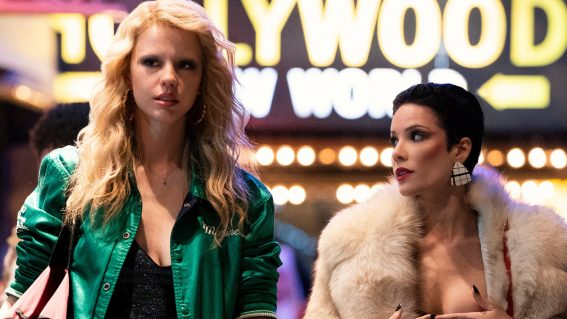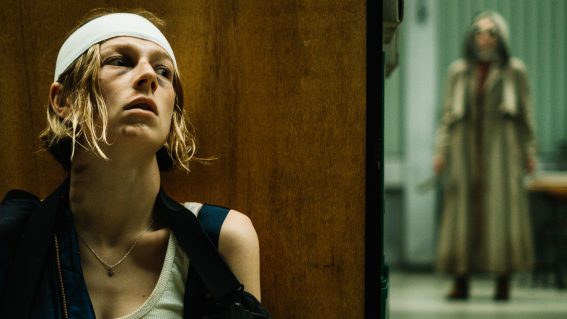The kids aren’t alright: unpacking horror’s recent mercilessness towards children
With Black Phone 2 upping the child violence on its predecessor, we look a little deeper into horror’s newest trend.
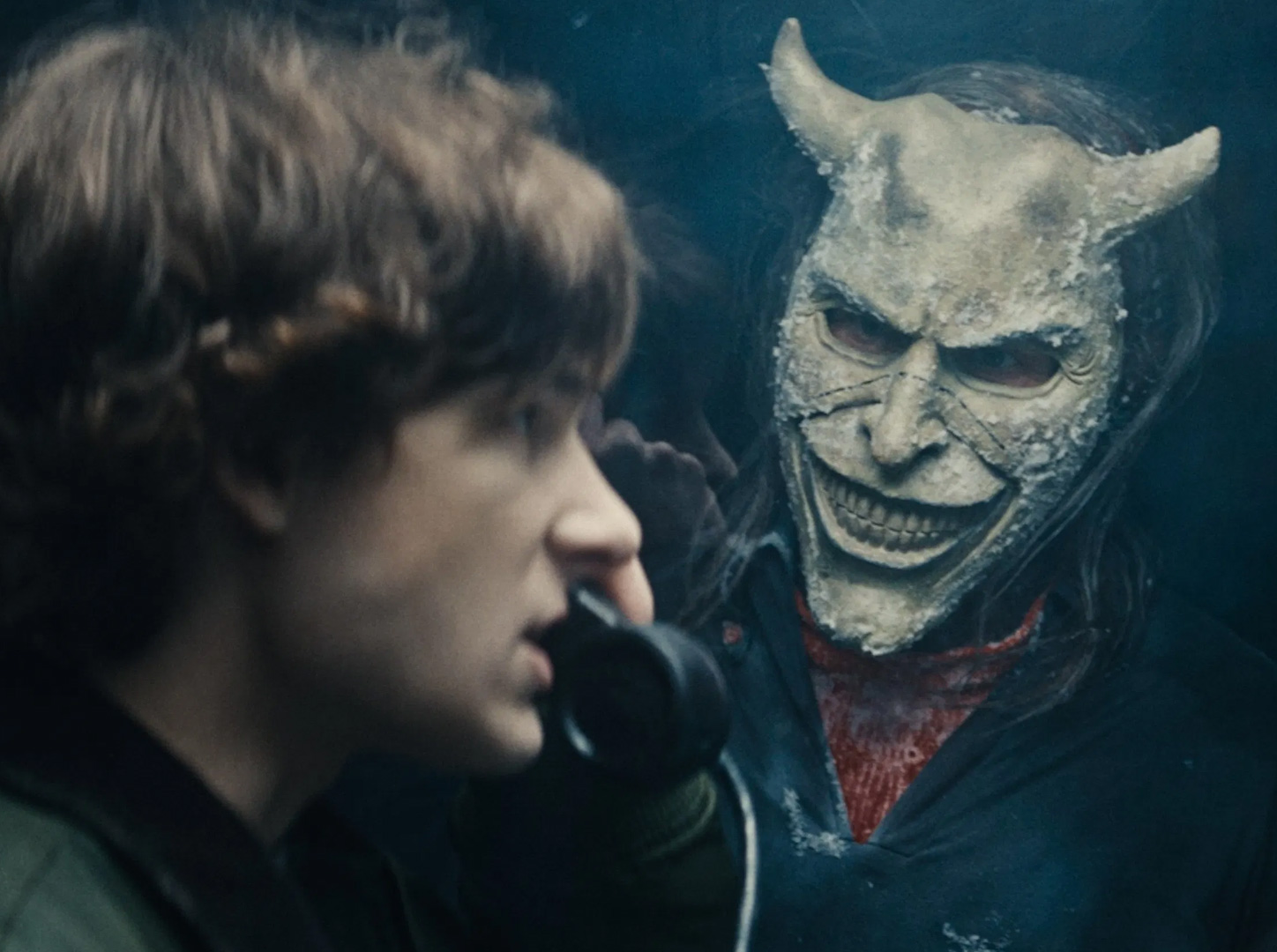
It’s been four years between 2021’s The Black Phone and 2025’s Black Phone 2, but director Scott Derrickson and his writing partner C. Robert Cargill clearly felt audiences had become more adapt at seeing children being mutilated. It doesn’t take long for their upping-the-ante sequel to show scenes of boys being disembowelled, burnt alive, and half-decapitated.
Pivoting from its predecessor in more ways than one, Black Phone 2’s mercilessness towards children marks a shocking elevation. Shocking, but not surprising.
Earlier this year, the Philippou brothers’ Bring Her Back featured Sally Hawkins—in a shattering and disturbing performance—as a foster mother willing to go to terrible lengths to bring her daughter back from the dead. This involves using one of her adopted kids as a diabolical device, leading to a horrifying scene that caused my teeth to curl—if you know, you know.
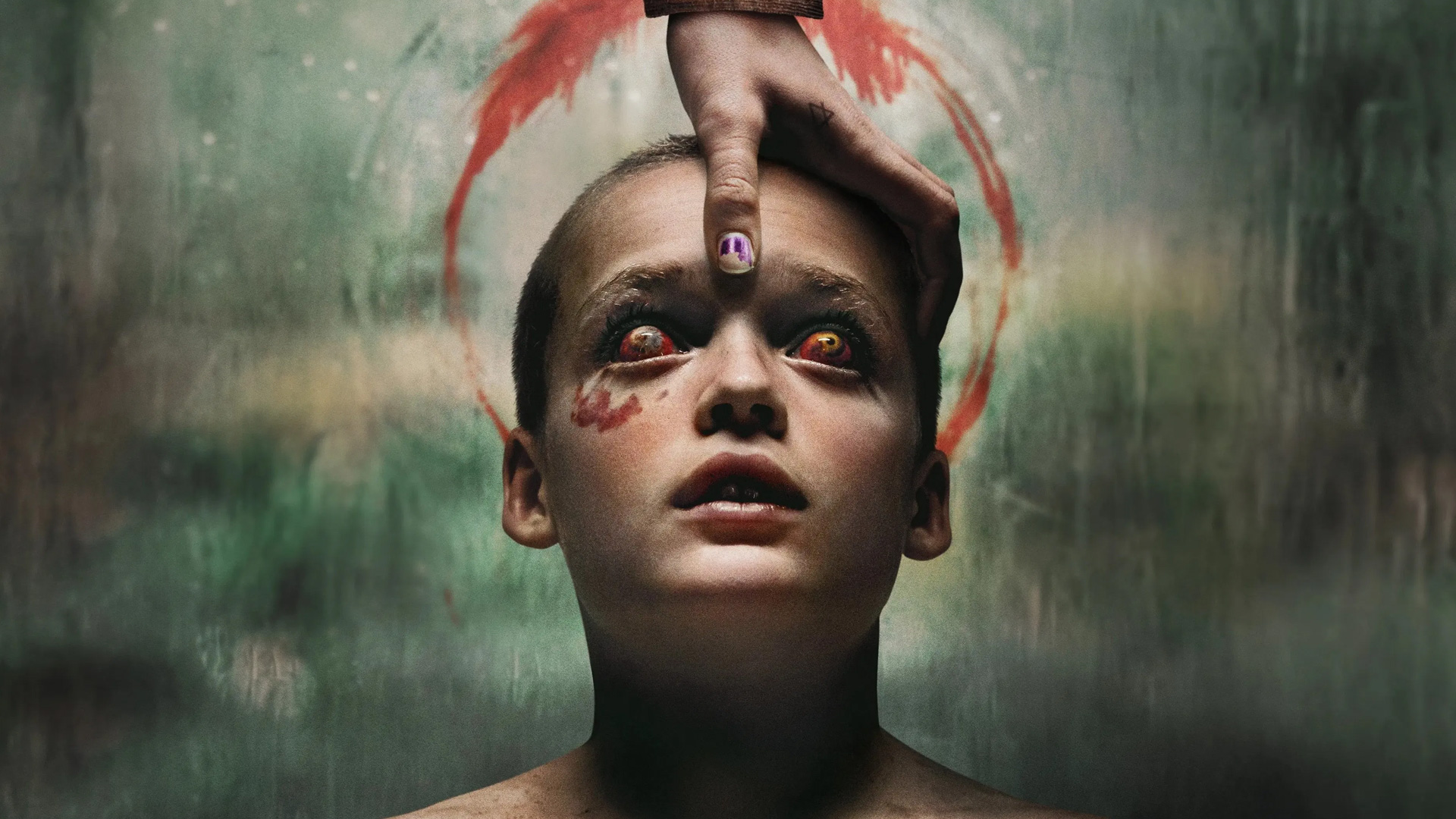
Bring Her Back
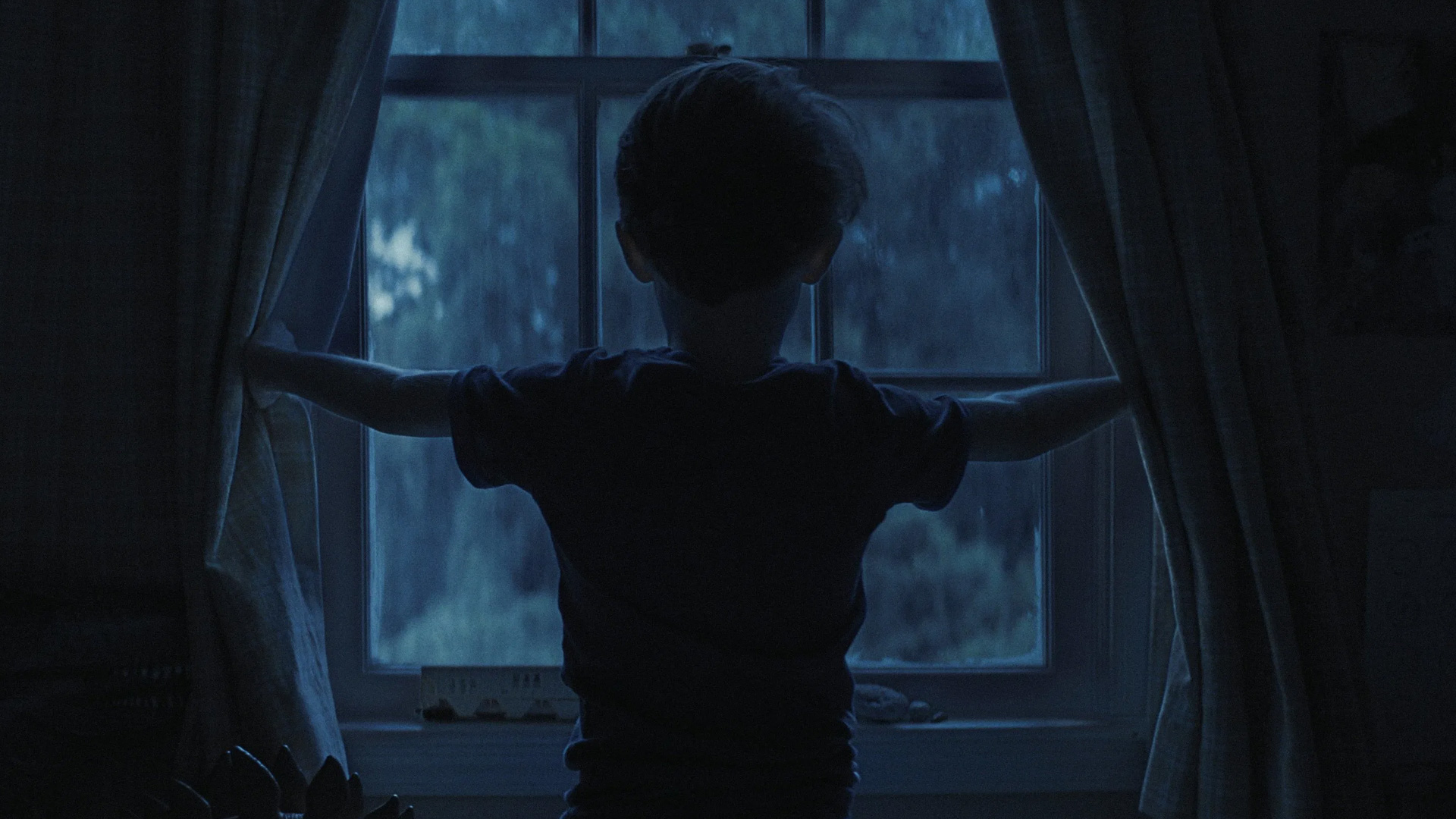
Weapons
Another bit of IYKYK, the ending of Weapons (no spoilers, I promise) unabashedly capitalised on its premise of children suddenly vanishing in a very creepy way. The climax presented a very different correlation between innocent children and disturbing violence than Bring Her Back, but it still feels like that ending would have been unthinkable to show in multiplexes just a decade ago.
And then there’s the opening of Final Destination: Bloodlines, which (minor spoiler) managed to find some grim comedy in presenting a no-good, very bad, misbehaving kid and unapologetically crushing him with a piano. Yes, I laughed, and no, I don’t feel bad about it.
More recently, V/H/S/Halloween presented one of its most genuinely upsetting segments in the whole found-footage anthology franchise with Alex Ross Perry’s Kidprint. It centres on a serial killer who makes child snuff films—probably don’t need to say much more than that.
Something’s clearly shifted, though 2025 isn’t the sole culprit. 2022’s Speak No Evil pushed the envelope with an ending so bleak, the 2024 version opted for a much softer third act. 2023’s Skinamarink became a surreal horror cult classic for sending toddlers to hell. That same year, we got a double helping of child-unfriendly possession horror with Evil Dead Rise and When Evil Lurks.
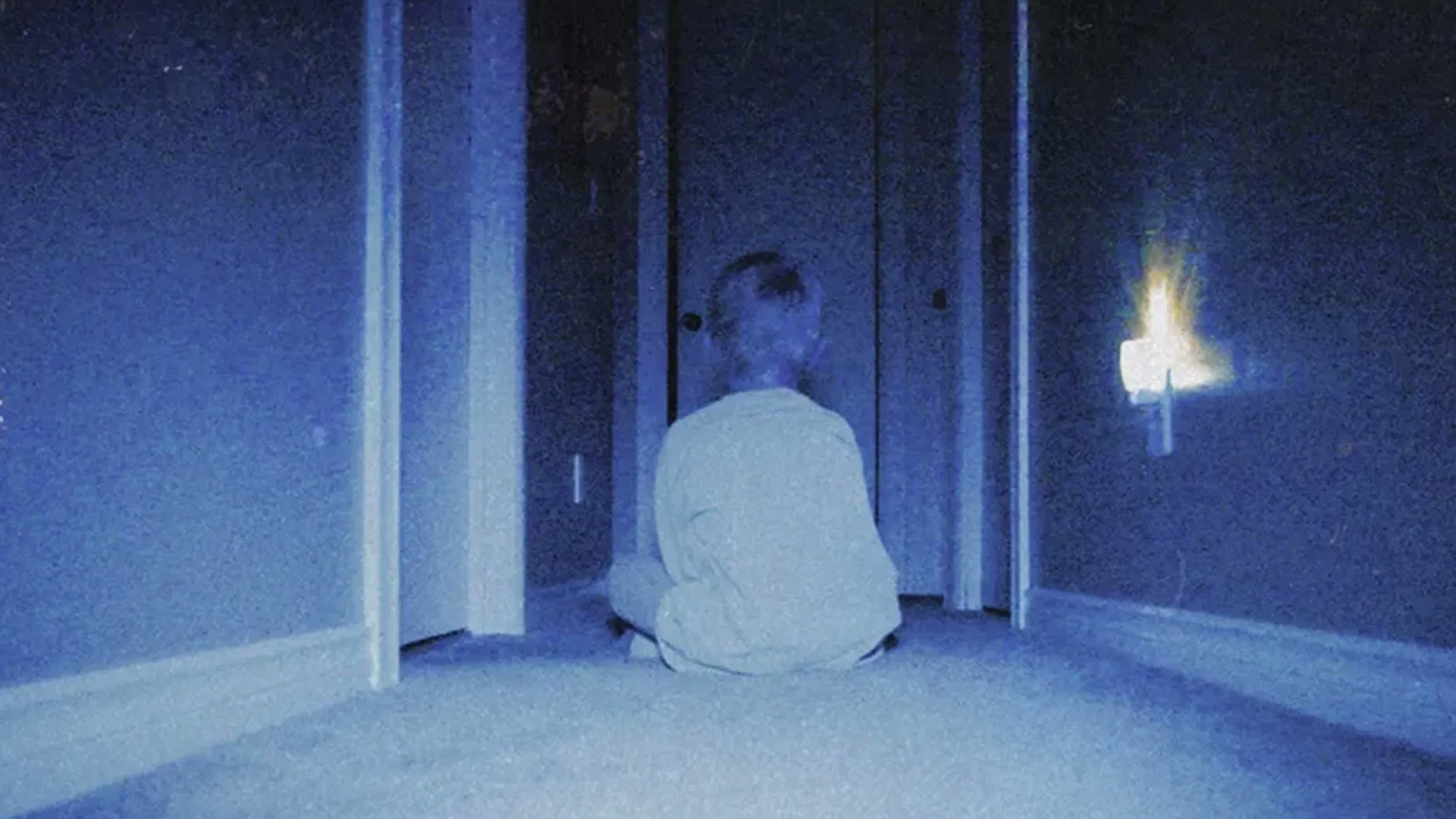
Skinamarink
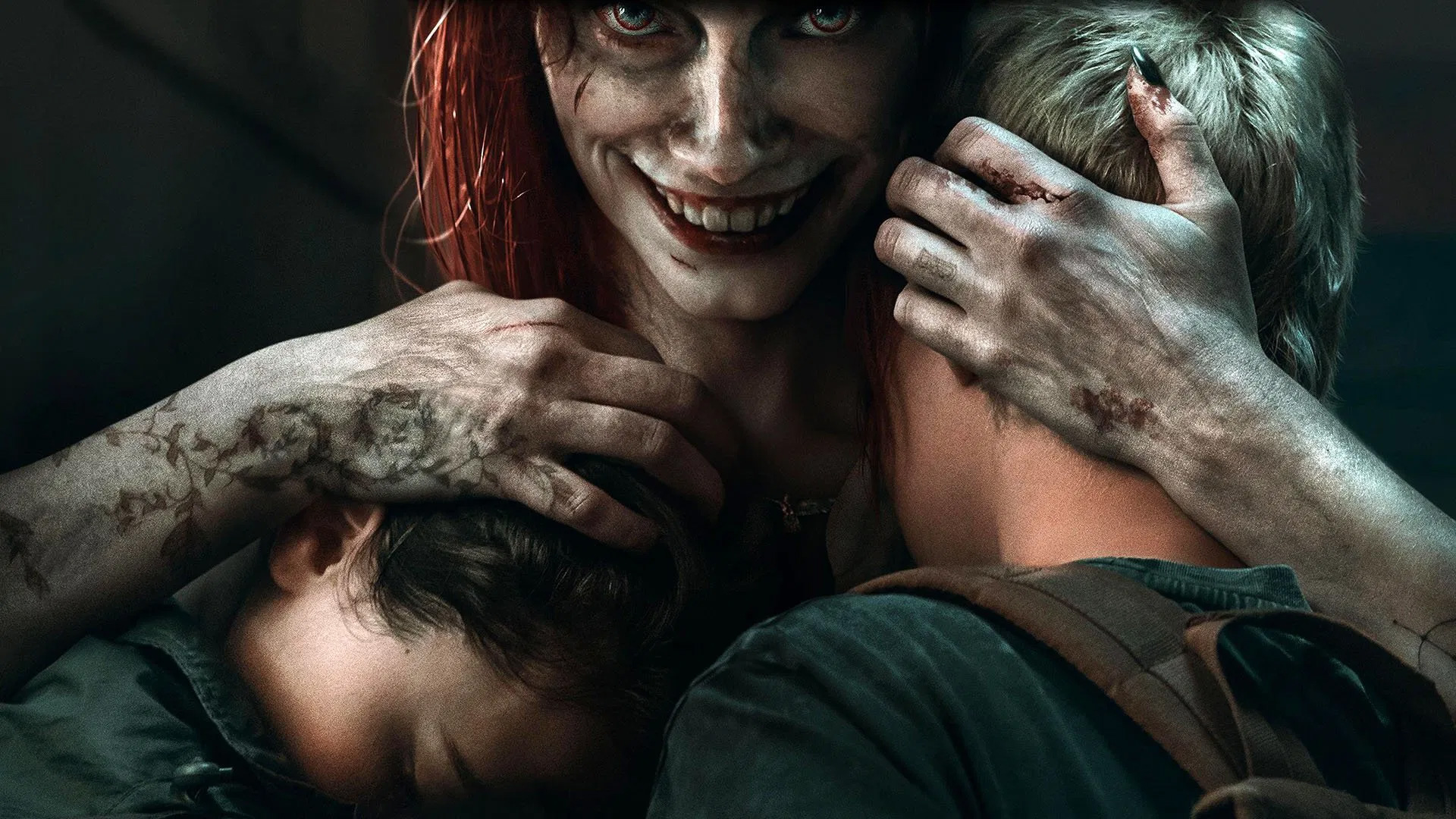
Evil Dead Rise
Is it appropriate to call it a trend? If so, you’ll see plenty of them in the genre’s history, often coinciding with the political landscape of the time. The rise of so-called ‘torture porn’—from Saw to Hostel and Wolf Creek—has famously been linked to life in a post-9/11 world. David Edelstein, in a piece that coined the term, posited that “we’ve engaged in a national debate about the morality of torture, fueled by horrifying pictures of manifestly decent men and women (some of them, anyway) enacting brutal scenarios of domination at Abu Ghraib. And a large segment of the population evidently has no problem with this.”
Charles Graham-Dixon went further, writing for Vice: “During this period the Bush administration supported torture to ‘get results’. Former vice president Dick Cheney remarked that waterboarding techniques were: ‘Just a dunk in the water’, and shocking images from Iraq’s Abu Ghraib prison of prisoners being sexually abused, tortured and humiliated by US Army personnel were beamed worldwide.”
9/11 also fundamentally changed the way TV news functioned, with three major broadcast networks delivering constant coverage for five days straight. People didn’t just hear about the attack; they were doused in it.
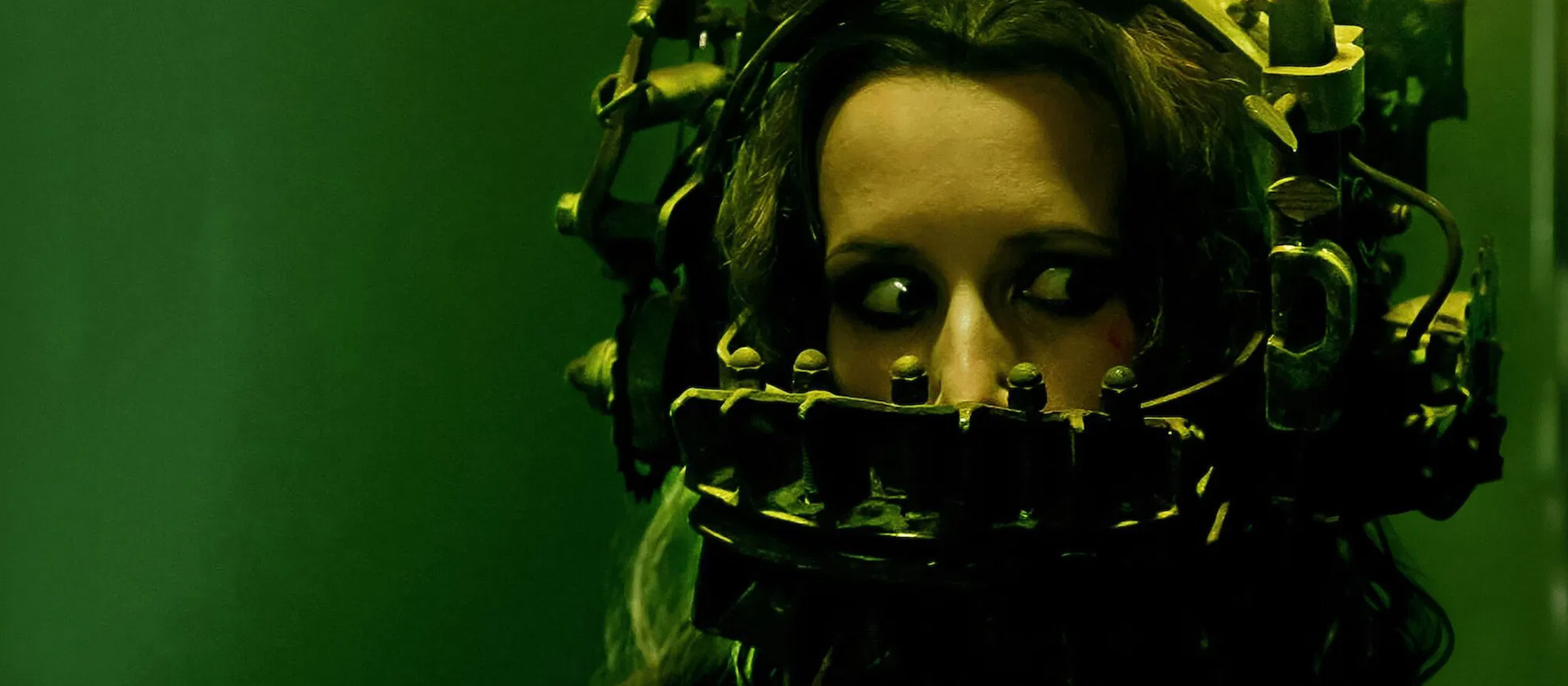
Saw
With all this in mind, can we posit any similar tectonic shifts that could explain horror’s current mercilessness towards children? You’d need a full-on thesis to completely do the subject justice, but some crucial events come to mind: the pandemic, the proliferation of mass school shootings, the wars in Ukraine and Gaza causing thousands of children to suffer. That’s a lot to absorb (and I didn’t even mention Epstein).
Equally crucial to all this is the shift in how news delivers this tragedy. While the 24-hour news cycle meant you could be updated whenever you switched the TV on, modern news reaches you instantly wherever you are through your smartphone.
I realise I’m simplifying some very painful and complex subject matter but I’m not looking to draw hard conclusions, just to think deeper on a horror trend that could too easily be dismissed as cheap, trashy shocks.
In an interview with The Guardian, Hostel director Eli Roth spoke to how the genre can address innate feelings within us: “Horror films have a very direct relationship to the time in which they’re made. The films that really strike with the public are very often reflecting something that everyone, consciously or unconsciously [are] feeling… The films that really resonate are the ones dealing with fears people can’t really discuss – as long as the fears are done in a creative and fun way.”
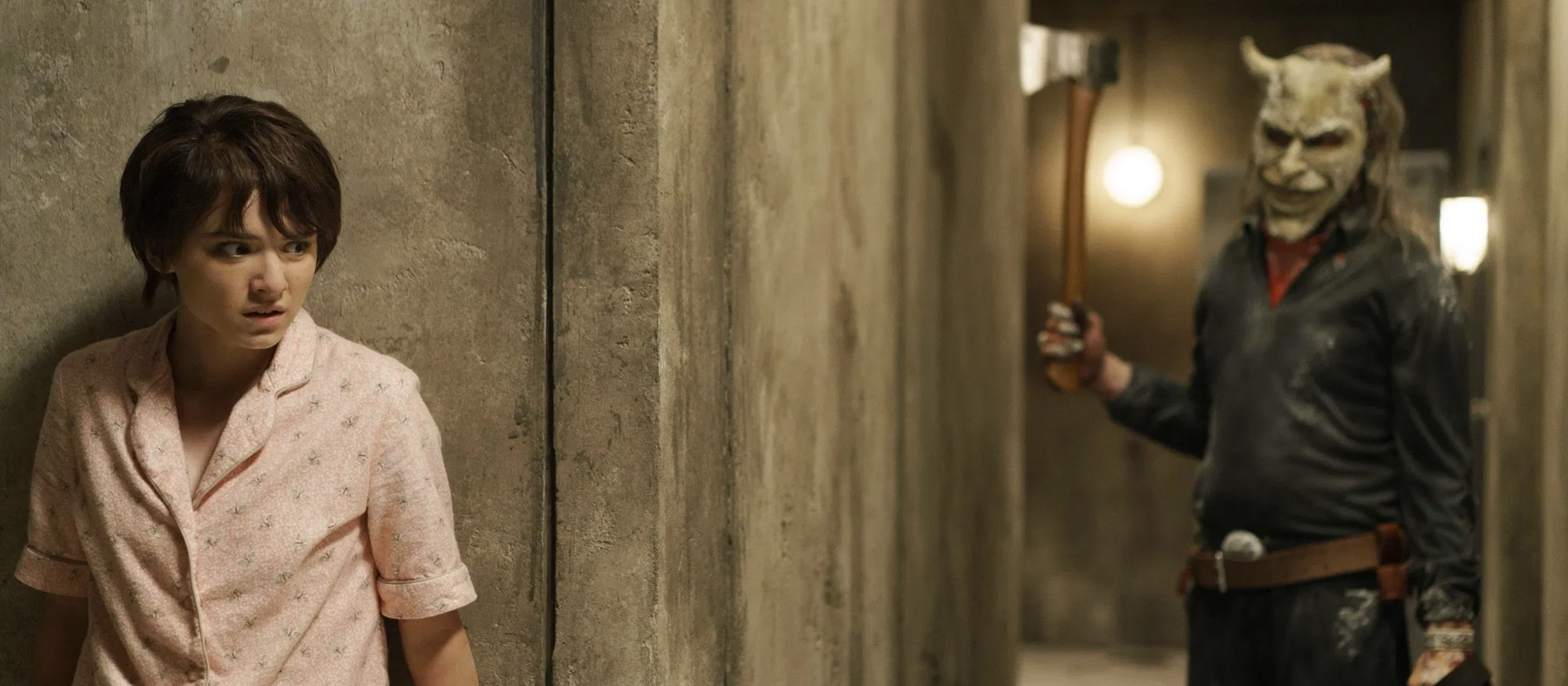
Black Phone 2
If ‘torture porn’ truly came as a response to the attempts to normalise and justify the abnormal and unjustifiable use of torture, the recent mercilessness towards children in contemporary horror films could be combatting a similar apathy and acts of denial: President Trump 1.0 labelling the worsening coronavirus outbreak a ‘Fake News Media Conspiracy‘, Alex Jones’s monstrous conspiracy suggesting Sandy Hook victims were ‘crisis actors’, the downplaying of the genocide of the Palestinian people—including newborns being starved to death by Israel’s blockage.
And any headline delivering this news as a notification is also competing with a reminder for your dental appointment, a DM from your aunt, a sternly worded email from your boss, and a message from your food delivery driver saying your burgers are approximately three minutes away.
Today’s scattered media environment makes it easy to bypass the suffering of children. Today’s horror movies are making sure you don’t.





